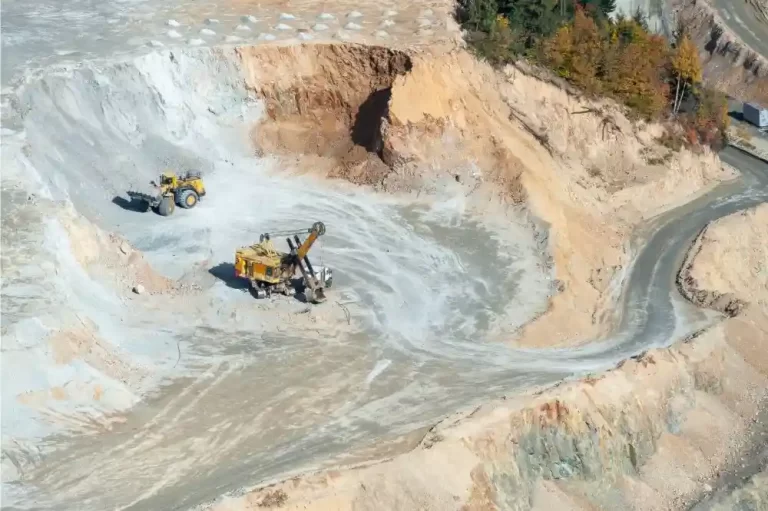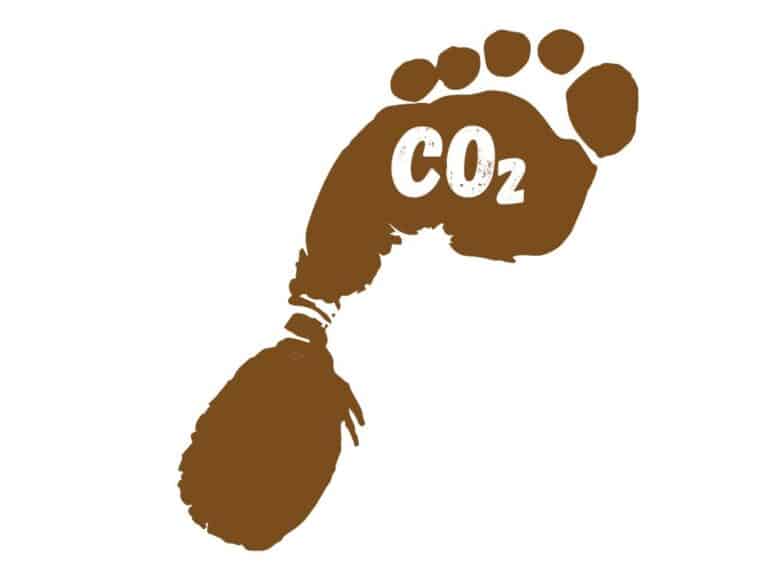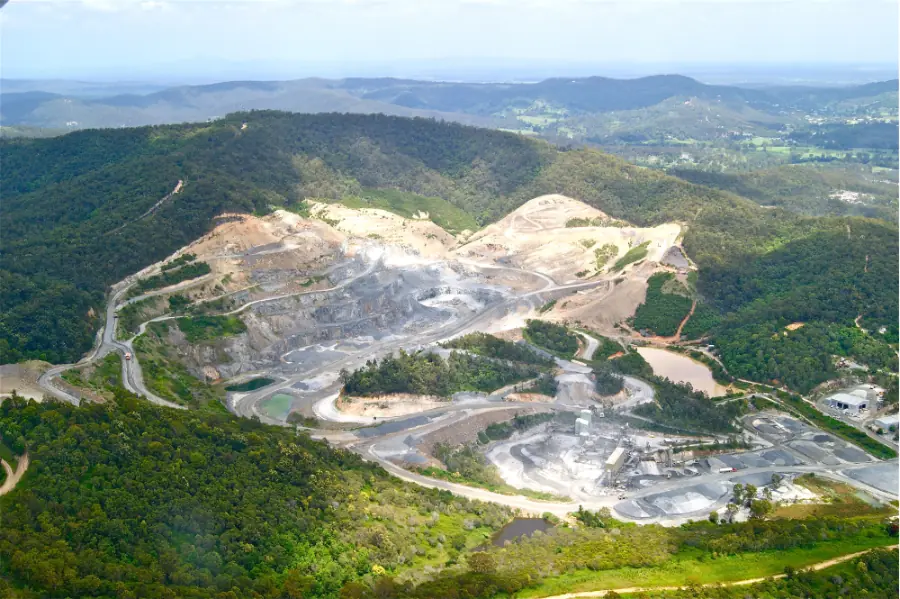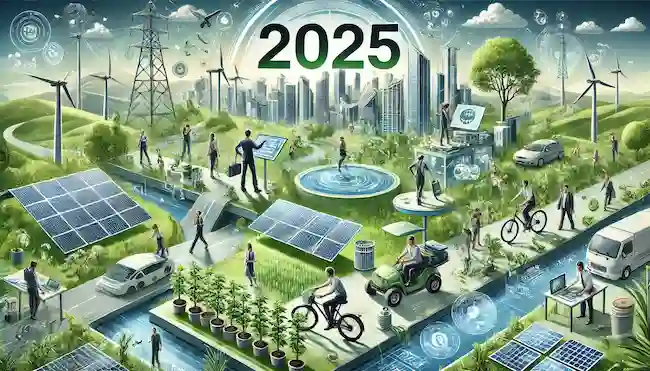What Are Rare Earth Metals and Why They Matter
Rare Earth Metals are key to many modern technologies that we rely upon today. Demand for them is high, yet acquiring them can be challenging and costly.
Here we’ll cover what Rare Earth Metals actually are, what they’re used for, and the impacts their use has on our environment.
What Are Rare Earth Metals?

Rare earth metals are a group of 17 metallic elements. They are used in technologies and processes ranging from televisions, computers, wind turbines, electric vehicles and oil production.
Despite the name, they aren’t actually that rare in the Earth’s crust. However, they tend to be widely dispersed in small volumes, rarely being found in concentrated deposits. This makes their extraction challenging and costly.
The Limited Sources of Rare Earth Metal

These metals are primarily sourced from China, which accounted for nearly 70% of the global market in 2023. The USA comes in second place with 12% of the market, whilst Australia, Thailand, India, Russia and Brazil also contribute.
China’s domination of rare earth metals production is in part the result of its proportion of global supplies. There is an estimated total global reserve of 110 million metric tons; China holds 44 million tons, or 40% of available supplies.
Market dominance by China has led to concerns about supply chain security and geopolitical tensions, with a limited pool of sources making for a system vulnerable to shocks and disputes.
Efforts are being made to diversify sourcing and extraction in order to reduce market reliance on a single country. Additionally, development of recycling programmes are expected to grow in future years.
Environmental Impact of Rare Earth Metals

Unfortunately, as with mining activities in general, the extraction of Rare Earth Metals can have severe environmental consequences.
Development of mines results in the destruction of habitats covering the target area. Destruction of these habitats in turn risks loss of biodiversity and species native to the regions are harmed or lost.
The environmental risks are also know to extend beyond the boundaries of the mining site.
For example, water used in the extraction process becomes polluted, with radioactive Thorium pollution in water a known risk in several cases. Air pollutants, both in the form of toxins and from dust, can also risk the health of both wildlife and neighbouring human populations.

Beyond these environmental impacts, the process of extraction requires energy and therefore is a contributor to release greenhouse gases that contribute to climate change.
There is an irony to this impact given that Rare Earth Metals are important to the development of various technologies that feature in carbon net zero strategies.
The Rare Earth Metals In High Demand

Demand for Rare Earth Metals is expected to grow as global appetite for modern technology expands. In fact, it is estimated that global demand could increase by 3 to 7 times between 2021 and 2040.
Below are 7 of the most critical Rare Earth Metals in use today. For each we have outlined there primary uses and main sources:
1. Neodymium
Uses: Used powerful magnets for technologies including electric motors, wind turbines, and computer hard drives.
Main Sources: Primarily from China, with additional supplies from Australia, the United States, and some African countries.
2. Dysprosium
Uses: Used to form magnets alongside Neodymium, especially in high-performance motors and generators. Its also used as a component of nuclear reactor control rods.
Main Sources: Mainly from China, with smaller volumes from Australia and the United States.

3. Praseodymium
Uses: Most commonly used for specialist types of glass and lighting production, as well as in aeroplane engines.
Main Sources: Mainly from China, with smaller amounts also coming from the United States.
4. Lanthanum
Uses: As a components of rechargeable batteries for hybrid vehicles, as a catalyst in petroleum refining and in steel production.
Main Sources: Mainly from China. Smaller amounts also coming from the United States and Australia.
5. Terbium
Uses: Low energy lighting (such as LEDs) and in certain electronic devices, including solid-state drive production.
Main Sources: Mainly from China, with smaller amounts from the United States and Australia.

6. Yttrium
Uses: An important component of television and screen production. Also used for LED lighting production and certain medical applications.
Main Sources: Mainly from China, with smaller amounts from Australia and the United States.
7. Cerium
Uses: Vehicle catalytic converters, as a polishing compound for glass and ceramics, and during processing of crude oil.
Main Sources: Mainly from China, with smaller amounts from Australia, the United States, and Brazil.
How Can You Reduce Demand For Rare Earth Metals

A significant proportion of the current and future demand for these metals links to the technologies we use. Phones, TVs, computers, LED lights all need Rare Earth Metals. As does the future renewable energy system we are gradually adopting to power these technologies.
You can play a role in minimising the environmental impact simply by aiming to reduce your consumption of new technological goods, and ensuring your old goods head for recycling rather than disposal.
One thing is for sure, if we want to move towards more advanced technologies, or even continue with those we have, then the need for Rare Earth Metals is here to stay.
You’ll find plenty of other useful related articles below about other climate and sustainability action areas that are key to our future. Feel free to check them out!







